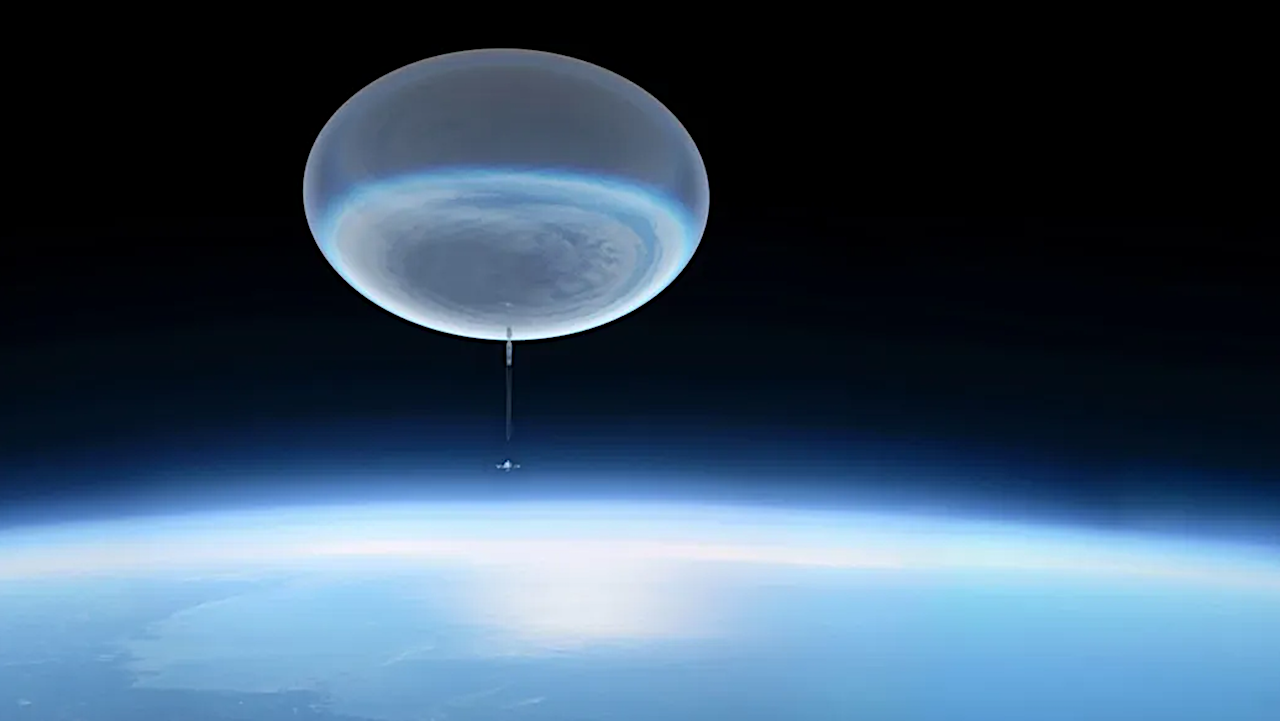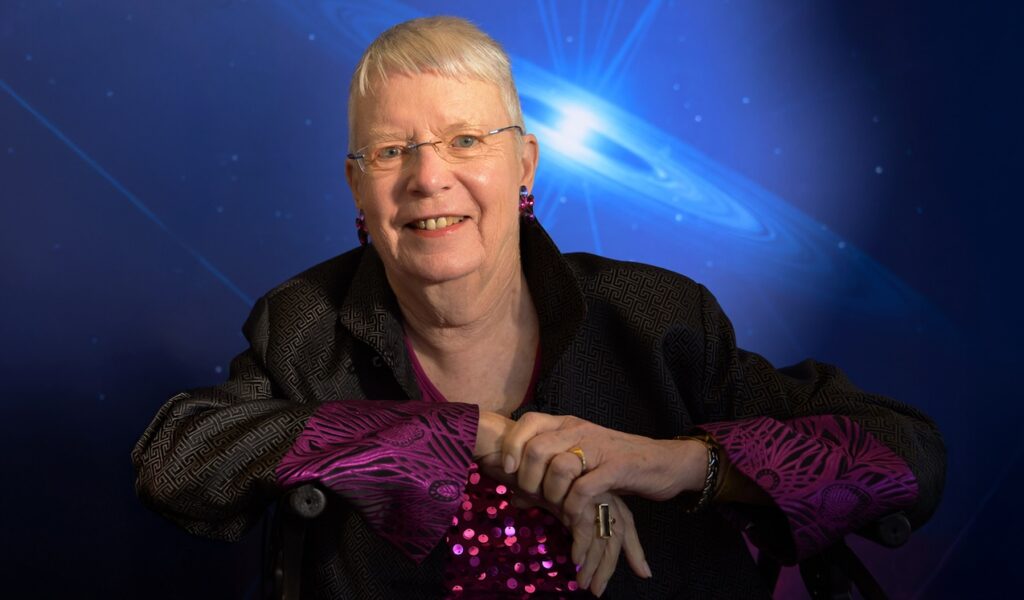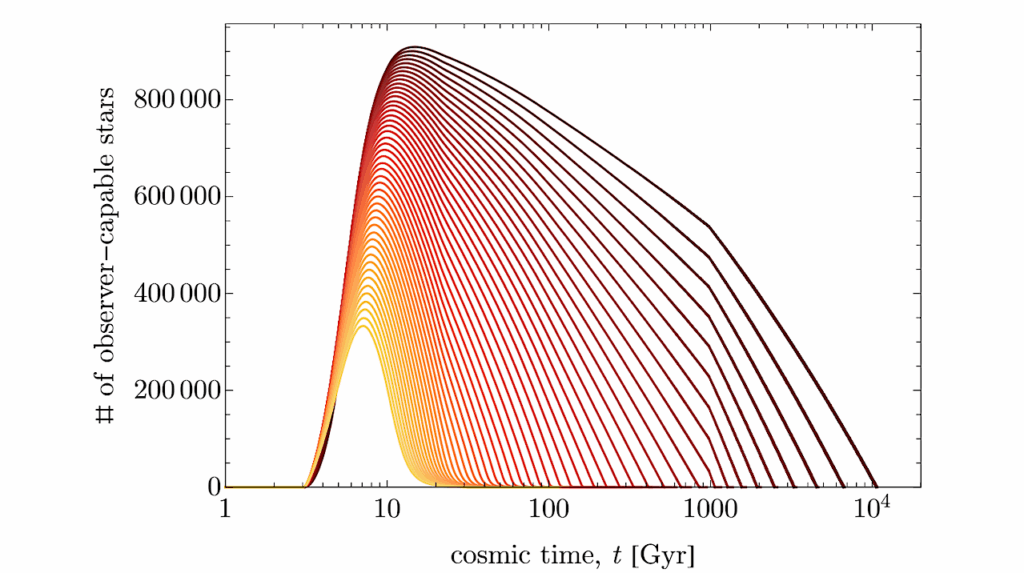Transdisciplinary Contributions In Undergraduate University Students Through A Stratospheric Balloon Project With An Astrobiological Focus

In a rapidly changing academic-scientific context, it is essential to adapt new learning strategies that foster the acquisition of new knowledge and the development of skills in future professionals, such as interacting synergistically with disciplines outside their own to execute projects successfully and comprehensively.
The adaptation is only possible thanks to the inter and transdisciplinarity that Astrobiology has promoted since its inception. We use the term transdisciplinary for education that integrates different disciplines in a way to build new knowledge and increase the student’s knowledge and skills. For this reason, this study aimed to demonstrate that an astrobiological stratospheric balloon launch project cultivates transdisciplinary awareness in participants: undergraduate university students in Lima, Peru.
The sample consisted of 15 students from the following disciplines: biology, genetics, chemical engineering, physics, industrial engineering, agri-food engineering, forestry engineering, electronics engineering, mechatronics engineering, geology, geological engineering, philosophy, social communication, audiovisual communication and education. Using a semi-structured in-depth interview technique, experts validated the questions from the Universidad Nacional Mayor de San Marcos, Peru, and a matrix of meaning was constructed to classify the responses, ultimately obtaining the categories: contribution, complementarity and quantity.
The participants’ responses were processed and analyzed with Chat-GPT 3.5, revealing unanimous agreement that each participant’s discipline contributed to the success of the balloon launch. To complement the qualitative interpretation of the results, a quantitative measurement was conducted to minimize subjective biases. Additionally, they gained knowledge and insights into other unfamiliar study subjects, collaborated to improve process quality, shared and harmonized their ideas to implement comprehensive solutions, and affirmed that their university education is often isolated or strictly focused on their specialization.
In conclusion, experiences where different areas of knowledge converge in praxis, have the potential to awaken new technical, cognitive and communication skills in the individuals involved, utilizing astrobiological resources to invigorate and strengthen collective learning.
Transdisciplinary Contributions In Undergraduate University Students Through A Stratospheric Balloon Project With An Astrobiological Focus, International Journal of Astrobiology (open access)
Astrobiology,








